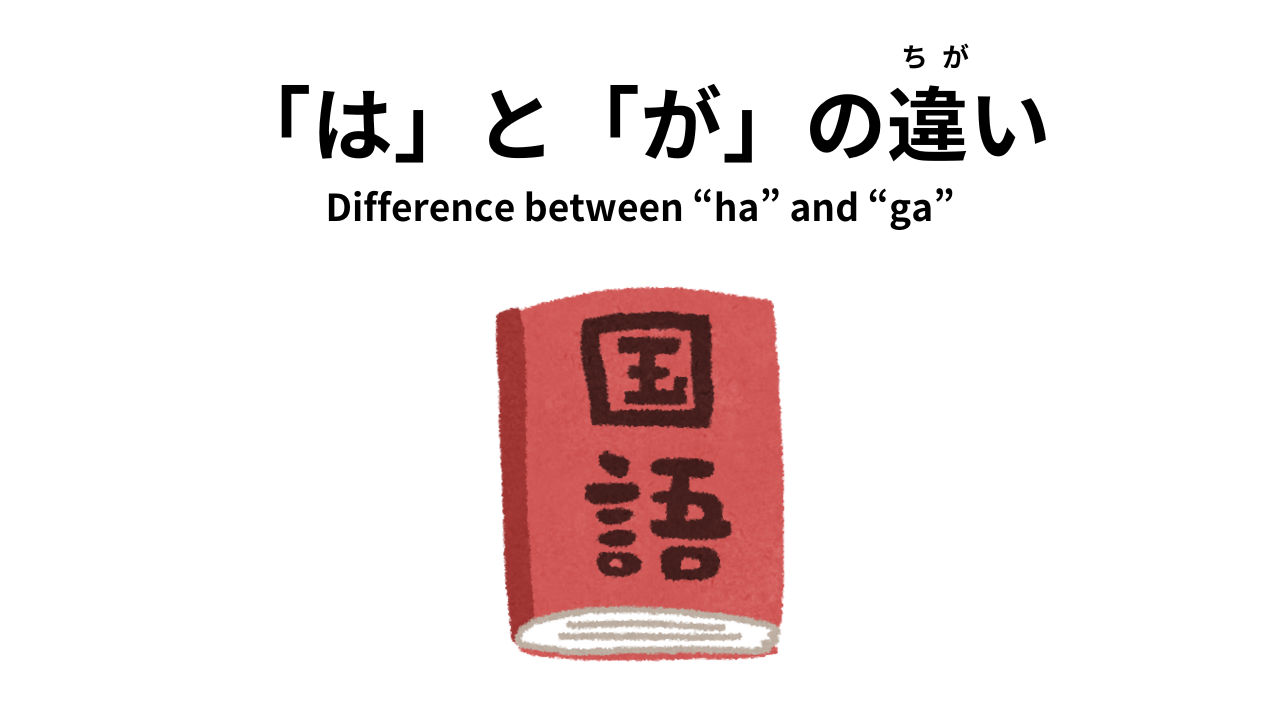Contents
は wa - Topic marker
Indicates the topic of the sentence.
- これは本です。
Kore wa hon desu.
→ This is a book. - 猫 はかわいいです。
Neko wa kawaii desu.
→ Cats are cute. - お母さんは働きます。
Okaasan wa harataki masu.
→Mom works
が ga - Subject marker
Emphasizes or identifies the subject.
- 誰が来ましたか?
Dare ga kimashita ka?
→ Who came? - 彼が先生です。
Kare ga sensei desu.
→ He is the teacher.
の no – Possessive / Description
Shows possession or connects nouns.
- これは私の本です。
Kore wa watashi no hon desu.
→ This is my book. - 日本の文化
Nihon no bunka
→ Japanese culture
も mo – Also / Too
Used to show similarity or inclusion.
- 私も学生です。
Watashi mo gakusei desu.
→ I am also a student. - (私は)猫も好きです。
(watasiwa) Neko mo suki desu.
→ I like cats too.
から kara – From
Used for time and location range.
- 学校は9時から3時までです。
Gakkou wa ku-ji kara san-ji made desu.
→ School is from 9 to 3. - 家から駅まで歩きます。
Ie kara eki made arukimasu.
→ I walk from home to the station. - お母さんからプレゼントを貰います。
okaasan kara purezento wo moraimasu.
I receive a present from my mother
まで made - Until
- 学校は9時から3時までです。
Gakkou wa ku-ji kara san-ji made desu.
→ School is from 9 to 3. - 家から駅まで歩きます。
Ie kara eki made arukimasu.
→ I walk from home to the station.
と to – And / With
Used to list items or indicate "with someone."
- パンとチーズを食べます。
Pan to chiizu wo tabemasu.
→ I eat bread and cheese. - 友達と話します。
Tomodachi to hanashimasu.
→ I talk with my friend.
に ni - Time, place, destination
Used for time, direction, or indirect objects.
- お母さんに花をあげます。
okaasan ni hanawo agemasu.
→I give my mother flowers. - 10時に起きます。
Juu-ji ni okimasu.
→ I wake up at 10 o’clock. - 彼女に会います。
kanojyo ni aimasu.
→ I meet her.
へ e – Direction marker
Indicates direction (similar to に but more abstract).
- 東京へ行きます。
Toukyou e ikimasu.
→ I go to Tokyo.
を wo – Object marker
Indicates the direct object of an action.
- パンを食べます。
Pan wo tabemasu.
→ I eat bread. - 映画を見ました。
Eiga wo mimashita.
→ I watched a movie.
で de – Location of action or means
Indicates where an action takes place or the means by which something is done.
- 学校で勉強します。
Gakkou de benkyou shimasu.
→ I study at school. - バスで行きます。
Basu de ikimasu.
→ I go by bus. - 二人で日本へ行きます。
hutari de nihon e ikimasu
→The two of us go to Japan.
よ yo – Emphatic
Adds emphasis or assertion.
- 本当においしいよ!
Hontou ni oishii yo!
→ It’s really delicious!
ね ne – Seeking agreement or confirmation
Like saying “right?” or “isn’t it?”
- 寒いですね。
Samui desu ne.
→ It’s cold, isn’t it?
